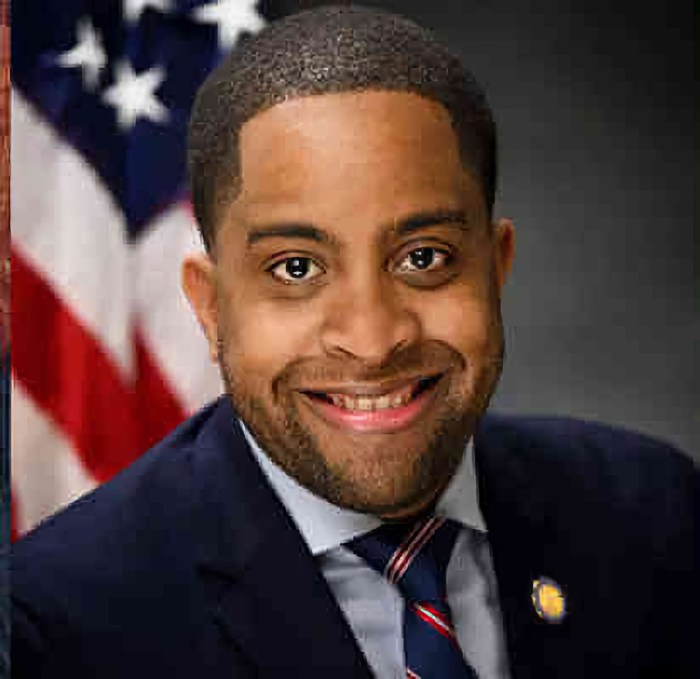Like many, I thought I knew “the facts” about disability — almost two million people in Ontario have a disability and the number will grow over the next 20 years as the population ages.
And I was aware of the legal obligations of employers and principles of inclusion. But it was only recently, during a speech by Ontario Lt.-Gov. David Onley that I suddenly saw the implications.
He was one of the first visibly disabled people on Toronto television when Moses Znaimer, the pioneering founder of CityTV, put him on air more than 20 years ago. My “aha” moment came when he noted that people with disabilities comprise 15.5 per cent of Ontario’s population, but when their immediate family members are taken into account — mothers, fathers, brothers, sisters and spouses — the figure jumps to almost 55 per cent.
In other words, people with disabilities and their families are actually the majority of consumers, the majority of workers, the majority of Ontarians. I suddenly realized that the 2005 Accessibility for Ontarians with Disabilities Act, which addresses both visible and invisible disabilities, is not about “them” but about all of “us.”
Onley also noted that at the height of the depression, “massive” unemployment was at 27 per cent. Among disabled Ontario workers it is more than 57 per cent. Indeed, 2009 Federal Disability Report shows that while employment among working-age Canadians with disabilities rose four percentage points from 2001-06, the wage gap is still immense, with many living below the poverty level.
Ontario was the first jurisdiction in Canada to develop, implement and enforce mandatory accessibility standards in both the private and public sectors. Organizations are currently scrambling to implement the customer service standards and the province is developing standards for built structures, for employment, for information and communications and for public transportation.
Onley reminded us of the barriers that stop people with disabilities from doing the kinds of things most of us take for granted. While some disabilities are visible, many are not. Attitudes to “invisible” disabilities — mental health issues in particular — are a huge impediment to people even identifying their challenges or need for support. The law is without question an important tool — prodding employers and public institutions to undertake effect changes within a set timetable.
But changing attitudes is also fundamental. By encouraging us to “see” in a different way, Onley is pushing the envelope. Inclusive environments mean more than curb cuts and automatic doors.
















